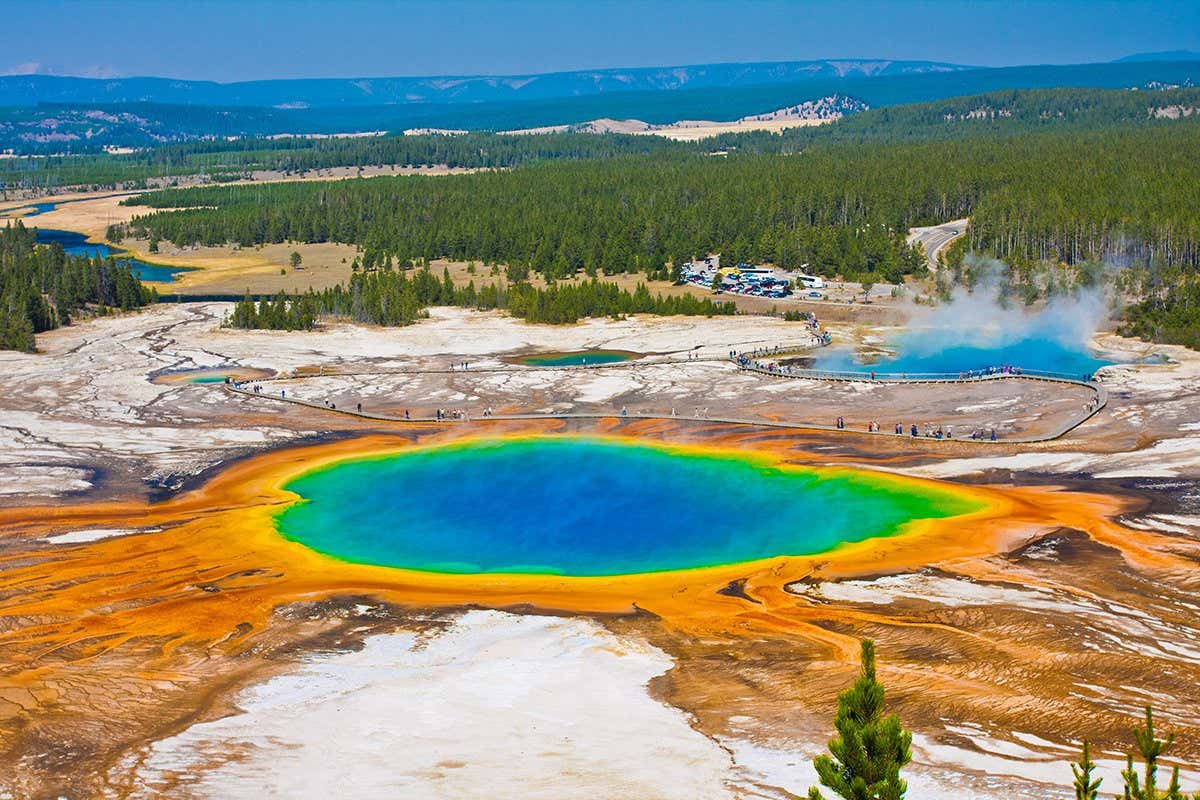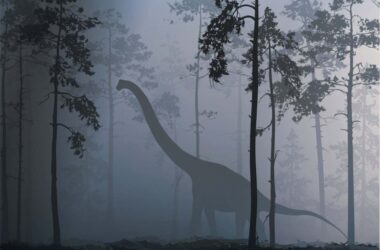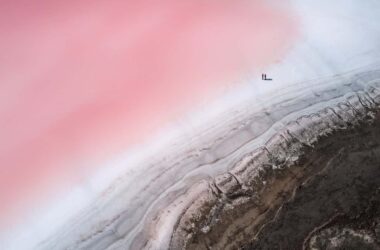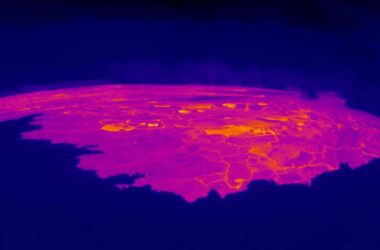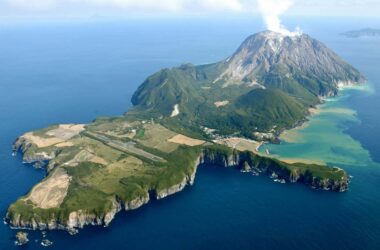
Scientists have discovered that the magma reservoir beneath the Yellowstone Caldera contains almost double the amount of melted rock as previously believed. However, this new estimate does not indicate an increased likelihood of an eruption at Yellowstone.
Yellowstone Caldera, located in north-western Wyoming, is one of the largest volcanoes in the world. It has experienced three catastrophic eruptions over the past 2.1 million years, as well as several smaller eruptions. Researchers closely monitor Yellowstone for any signs of volcanic activity, such as ground deformation or earthquakes.
Previous understanding of the magma reservoirs beneath the caldera considered them to be large tanks of magma. However, recent research conducted by Ross Maguire and his team at the University of Illinois Urbana-Champaign reveals a more complex composition. The reservoirs actually contain a mixture of melted rock and crystals, forming a crystal mush. The ratio of melted rock to solid crystals in this mush affects the volcano’s likelihood of eruption.
Through an analysis of seismic data, Maguire and his colleagues determined the proportion of melted rock in the shallower magma reservoir. They utilized three-dimensional models generated by supercomputers, which provided a more accurate representation of the reservoir. Their findings showed that the reservoir contains an average of 16 to 20 percent melted rock, compared to the previous estimate of about 9 percent. This suggests that the reservoir holds approximately 1600 cubic kilometers of melted rock, almost double the previous estimation of 900 cubic kilometers.
Despite the increased amount of melted rock, Maguire emphasizes that the proportion is still well below the 35 to 50 percent threshold required for an eruption. He states that Yellowstone can have significant amounts of melted rock without erupting, indicating that an eruption is not imminent.
Kari Cooper, a researcher at the University of California, Davis, who provided commentary on the research, suggests that depending on the distribution of melted rock, there could be enough for a small eruption. However, a catastrophic eruption would not be possible based on the current findings.
The study represents a significant advancement in understanding the geological composition of Yellowstone. Cooper describes it as a major improvement in our knowledge of what lies beneath the supervolcano.
Insights:
– The increased estimate of melted rock in Yellowstone’s magma reservoir does not indicate an imminent eruption.
– The reservoir is comprised of a mix of melted rock and crystals, forming a complex crystal mush.
– Even with the increased amount of melted rock, the proportion is still well below the threshold required for eruption.
– Yellowstone can have large amounts of melted rock without experiencing volcanic activity.
– The study provides a more accurate understanding of the geological composition of Yellowstone.




